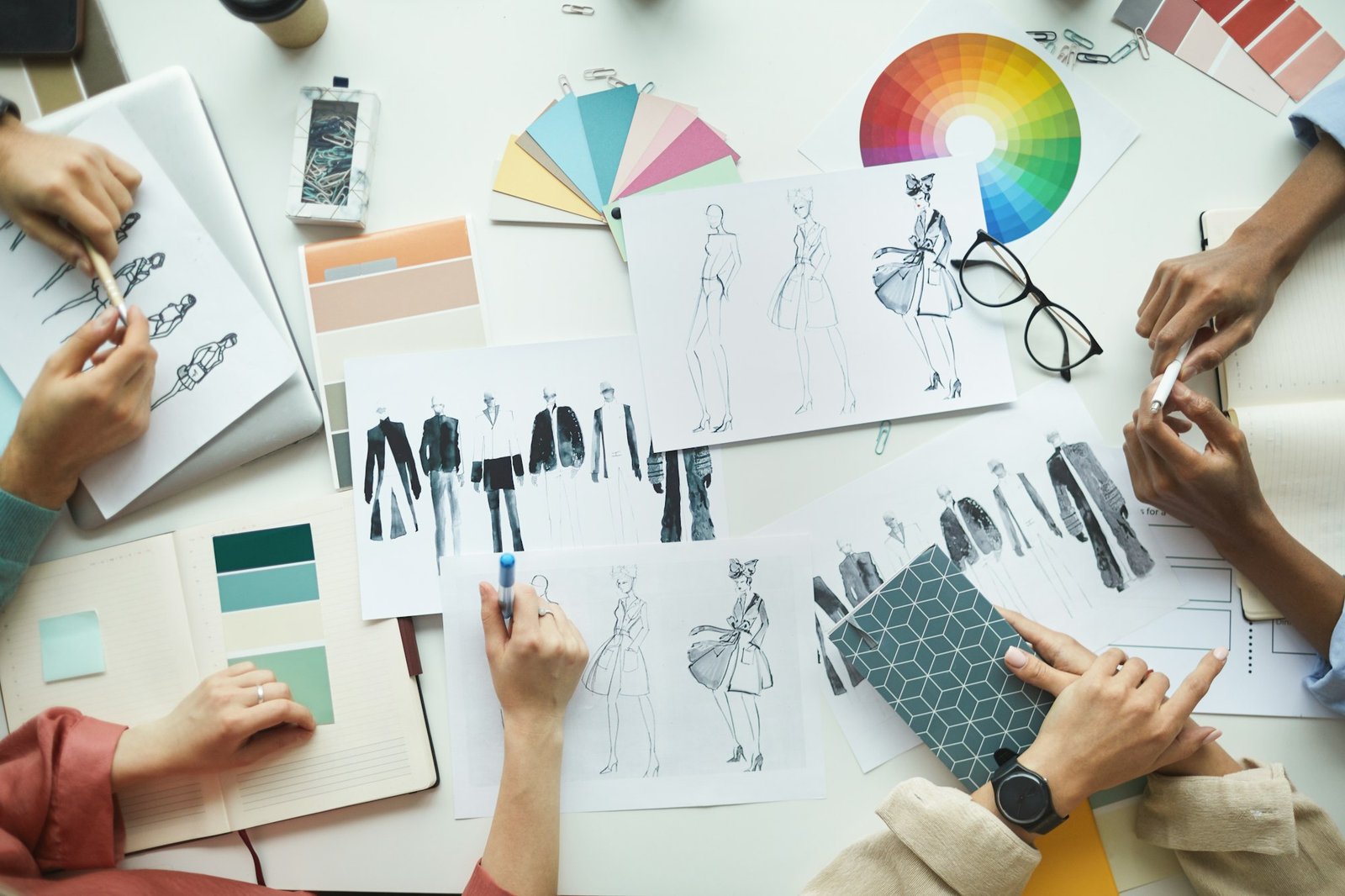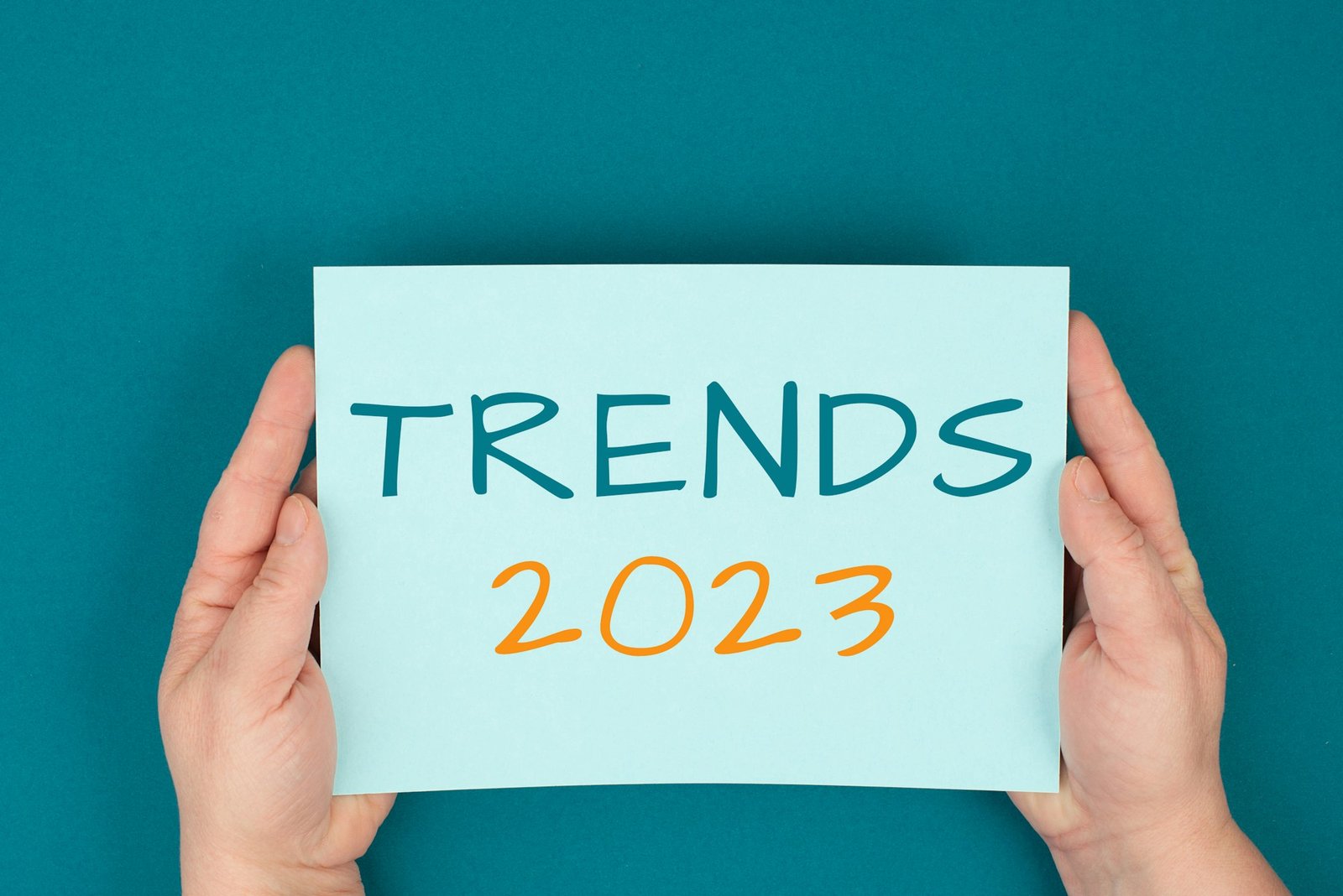Think business-casual, semi-casual, fusion, athleisure and functional but comfortable.
By Vasundhara Sanger
Posted on 11/02/2023
In the early 1990s, there was a well-known fast food chain outside the Liverpool Street tube station in London with a convenient (outside) seating arrangement. One bright summer day, a young Indian tourist settled in one corner of the restaurant’s el fresco spot with a drink and some eatables while waiting for a friend to show up. The area was milling with people due to the office rush hour. Inadvertently, her attention was drawn to the stylishly dressed men and women in office wear who were briskly walking in and out of the tube station. The office-goers exuded professionalism and comfort. Men were smartly dressed in dark, solid-colour business suits, and women wore well-tailored stylish tops in brilliant hues teamed up with trousers, skirts, dresses and blazers and accessorised with trendy handbags, shoes and minimal jewellery. It was as if the vibrancy of a fashion show ramp had seeped into their chic attire.
Science says humans are automatically drawn to sights, sounds and colours that starkly contrast their surroundings. The young tourist was familiar with a different workwear scenario in her native country, so the work attire of office-goers captured her attention that afternoon.
Going back in time
In India, office wear has tremendously evolved over the years. In 1950s India, it was not unusual to see men wearing dhoti-kurtas to work and women in neatly pinned sarees with gajra (garland) wrapped around the hair bun. Earlier work attire had more to do with perception.
For job interviews in the 1980s, women were usually seen in crisp salwar suits or sarees to look professional in front of interviewers. As for the men, though they were out of the dhoti-kurta mould, not everybody wore formal suits to work. A pair of trousers and a shirt or safari suit were appropriate for the office.
Interestingly, a popular magazine at the time that catered to competitive examination hopefuls advised the ladies to dress conservatively for their interviews in a sober-coloured cotton or chiffon saree. Their male counterparts were spared, though, and a formal buttoned-down full-sleeve shirt and dress trousers paired with (dress) shoes had quietly found a place in the men’s formal wear for job interviews.
Even in the early 1990s, western clothing (especially for women) was considered “too casual” for the office environment, although India was on the cusp of economic liberalisation.
How Indian work wear fashion evolved
Subsequently, much water flowed into the Ganges. Thanks to globalisation and exposure to aspirational Western fashion, the new age of dressing emerged at the beginning of this millennium. Style in India began to change dramatically, and nowhere was it more visible than in the office atmosphere. Except in a few fields such as politics, law and healthcare, work outfits — mostly among corporates and businesses — underwent a sea change.
With workplace dress ethics easing up — especially among the millennials in Tier 1 cities — companies realised how much the freedom to experiment with dressing influenced the creativity and productivity of employees. Female office-goers began trying knee-length skirts, cropped tops or jackets, denim and dressy capri pants to work – a far cry from the coy saree or salwar look. Employees were allowed to showcase fusion wear, so the Indo-Western look firmly established itself in the offices around India. Kurta-straight pant-dupatta and kurtis with leggings or jeans redefined work wear, and sarees were kept for occasional events.
Both men and women combined well-fitting business wear like blazers with elements of smart casuals such as dark-washed jeans (no holes) or chinos and polo shirts to work. The blazer was layered over a T-shirt, blouse, or dress that looked appropriate for any work setting. Neckties fell out of fashion and were worn only when required, as businesses that usually required staff to don suits and ties permitted more casual or business casual wear on Fridays (Jeans, T-shirts, smart sneakers), making “Friday Dressing” voguish.
Covid-19 caused a significant shift in the work wear look as the work-from-home norm gained ground. The casual and comfortable look was prominent. As a result, athleisure outfits trickled into the office dress code and were worn for online meetings. This was when waist-up dressing assumed new dimensions — on-screen, people were seen in well-fitted dressy tops. They would pair it with loose track pants; the camera never moved down to reveal the reality of the new normal! With this, a new term infiltrated the psyche — Work Leisure. For the Gen-Z, loose-fitted pants, flowy dresses and comfortable jumpsuits continued, even after the offices re-opened and people began going to work. Moreover, the staggering growth of the athleisure industry over the last decade has increased the demand for breathable and wrinkle-free fabrics. However, some things are timeless, so a pair of black pants remains a mainstay of the executive’s closet.
The future of office wear in India
Considering that the work wear and uniform market in India is expected to reach approximately USD 12000 million by the end of 2028, growing with a CAGR of over 10% during the forecast period (Research and Markets), in the future, work wear will be characterised by an even greater focus on fashion and wearability elements. Business casuals are expected to be mainstream as companies in Tier I and Tier II cities will also recognise the associated benefits. Furthermore, with the climate changing worldwide, innovative fabrics such as anti-microbial and odour-free finishes are expected to be in demand.
Overall, as the employees’ fashion sense develops and people become increasingly conscious of what to wear at work, corporate wear will be further divided into boardroom attire, executive casual, mainstream casual, baseline casual, and more.






